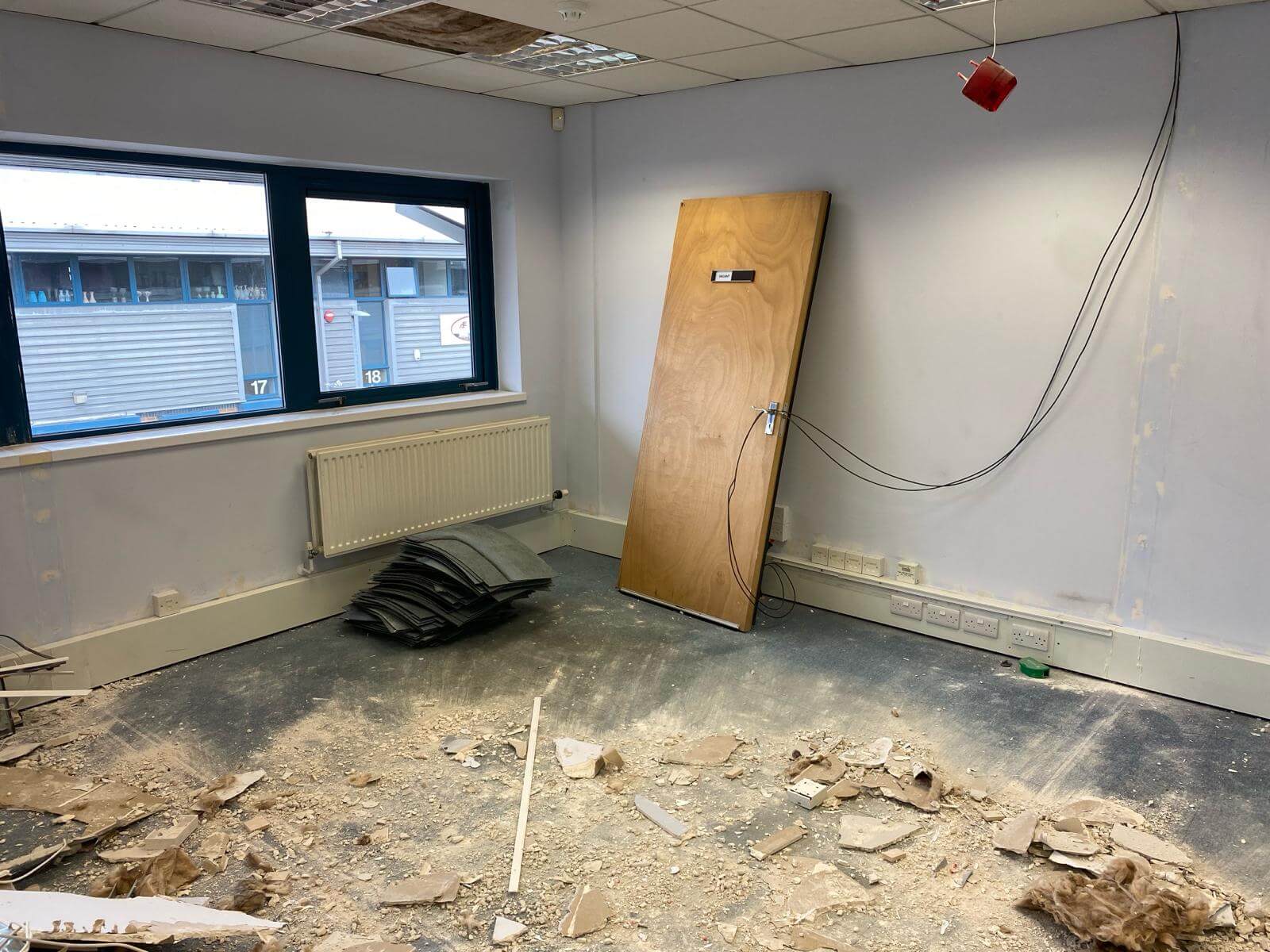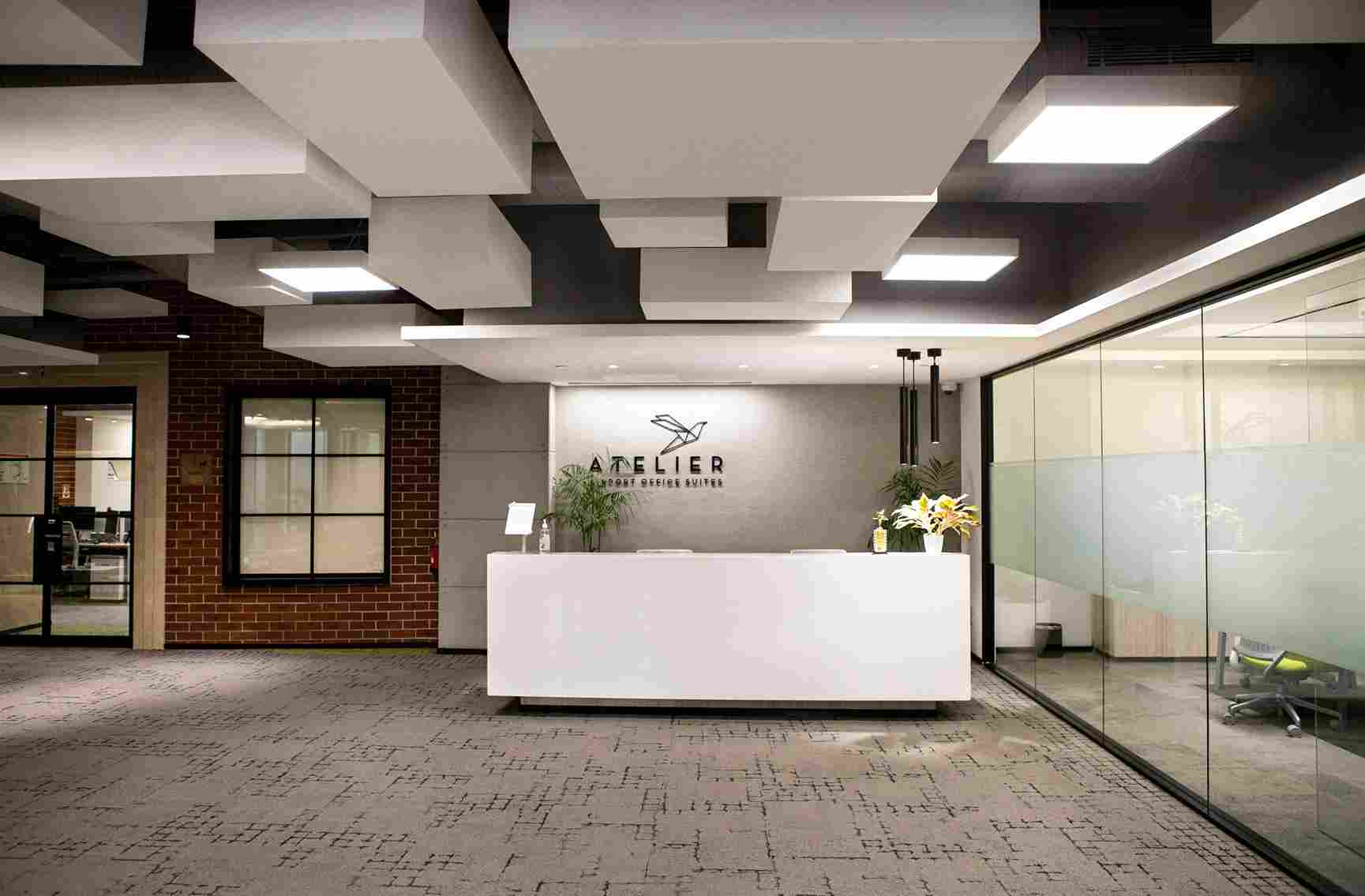Challenges Tenants Face When Completing Dilapidation Work
When it comes to commercial leases, one of the most common yet stressful obligations for tenants is fulfilling the dilapidation requirements at the end of their tenancy. Dilapidations refer to the repair and maintenance work that a tenant must carry out to restore a property to its original condition, as outlined in the lease agreement. However, completing dilapidation work can be challenging due to several factors
1. Understanding Lease Obligations
One of tenants' first challenges is understanding the obligations set out in the lease agreement. These contracts often contain complex legal language that can be difficult to interpret. Tenants may not fully grasp what constitutes "fair wear and tear" or what specific repairs are required. Misunderstandings can lead to disputes with the landlord, potentially resulting in costly legal action.
2. Scope of Work
Determining the extent of the work required for dilapidation can be overwhelming. Tenants might not have a clear picture of what needs to be repaired or restored, leading to underestimating or overestimating the work. While some tenants attempt to address only visible damage, they may overlook underlying issues like structural repairs, plumbing, or electrical systems, leading to further complications and delays.
3. Cost Management
Dilapidation work can be expensive, particularly for more significant commercial properties. As unexpected issues may arise, tenants often face difficulties budgeting for these costs. Hiring contractors, sourcing materials, and managing labor can all inflate the final costs, placing financial strain on businesses already relocating.
4. Time Constraints
Tenants typically have a limited window to complete dilapidation work before returning the property to the landlord. This tight timeframe can lead to rushed decisions, poor-quality repairs, or incomplete work, which could result in penalties or legal disputes with the landlord. Coordinating the work while juggling a business move can further complicate matters.
5. Negotiation with Landlords
Another major challenge is negotiating with landlords. In some cases, landlords may interpret the dilapidation obligations differently and may demand more extensive work than the tenant anticipated. This can lead to disputes, escalating into costly legal proceedings or delays in returning the property.
6. Hiring the Right Professionals
Finding qualified contractors, surveyors, or project managers experienced in dilapidations is essential but challenging. Without expert help, tenants risk subpar work that does not meet the required standards, leading to potential penalties. Identifying reliable and experienced professionals who understand the intricacies of dilapidation work can save time, money, and stress.
7. Compliance with Regulations
Dilapidation work must often comply with local building regulations and health and safety laws. Tenants might struggle with ensuring that all repairs meet these standards, particularly regarding more technical work like fire safety, electrical systems, or structural repairs. Non-compliance can result in legal repercussions or additional costs.
How Commercial Dilapidations London (CDL) Can Help?
At Commercial Dilapidations London (CDL), we understand tenants' many challenges when completing dilapidation work. Our expert team is here to simplify the process, offering professional guidance and services that ensure a smooth transition as you hand back your property. Here's how we can help:
1. Comprehensive Lease Assessment
Our experienced team begins by thoroughly reviewing your lease agreement to determine your obligations. We break down the legal jargon and help you understand what needs to be done, ensuring that there are no surprises regarding your dilapidation responsibilities.
2. Accurate Scope of Work
CDL provides a detailed survey of your property to establish a clear and accurate scope of work. This ensures that all necessary repairs are identified upfront, reducing the likelihood of unexpected costs or delays. Whether it's cosmetic repairs or more extensive work like structural or mechanical repairs, we’ve got you covered.
3. Cost-Effective Solutions
We understand that dilapidation work can be financially burdensome. CDL works closely with you to develop cost-effective solutions that meet your obligations without exceeding your budget. Our network of trusted contractors and suppliers enables us to secure competitive pricing while ensuring the highest quality work.
4. Time-Efficient Project Management
CDL offers end-to-end project management, ensuring all work is completed on time and to the highest standards. We manage every aspect of the dilapidation process, from scheduling and coordinating contractors to overseeing the work and conducting final inspections so you can focus on your business.
5. Expert Negotiation Support
If disputes arise with your landlord over dilapidation responsibilities, our team is here to assist with expert negotiation support. We act as mediators, ensuring that all parties reach a fair agreement. This minimizes the risk of legal disputes and helps you avoid unnecessary costs.
6. Skilled Contractors and Surveyors
We have a trusted network of skilled contractors, surveyors, and legal experts specializing in dilapidation. Our team ensures that all work is carried out to the required standards and in compliance with building regulations, helping you avoid penalties and additional expenses.
7. Compliance and Peace of Mind
CDL ensures all dilapidation work complies with current building regulations and health and safety laws. We provide detailed documentation and certification where required, giving you peace of mind that your property is being returned in full compliance with legal standards.
Conclusion
Completing dilapidation work can be daunting for tenants, but with Commercial Dilapidations London (CDL) by your side, the process becomes significantly smoother and stress-free. Our expert team is here to guide you through every step, ensuring that your dilapidation obligations are met efficiently, cost-effectively, and on time. Let us handle the complexities so you can focus on what truly matters—your business....
READ MORE

